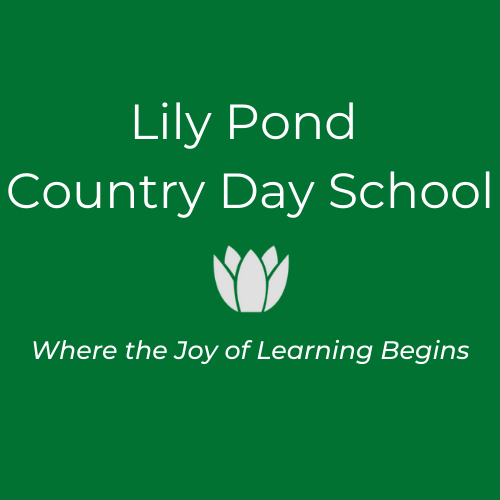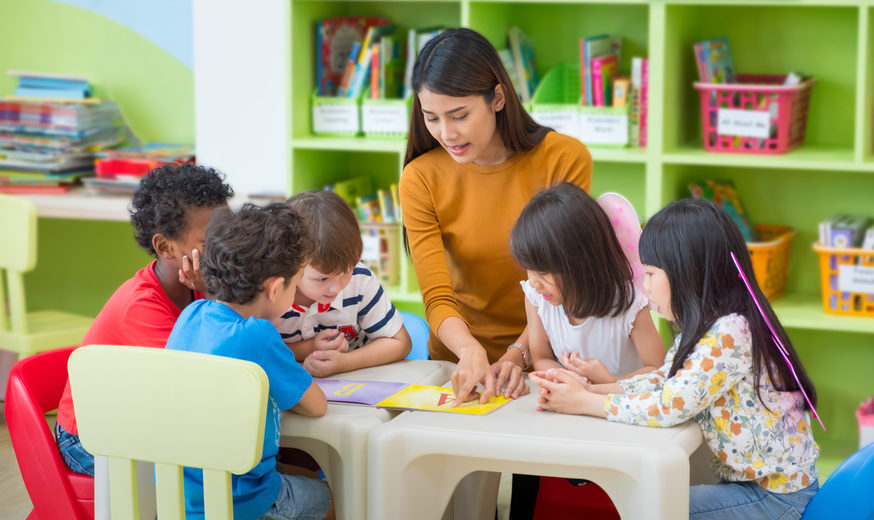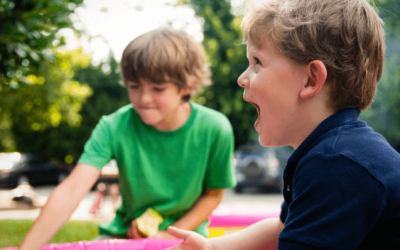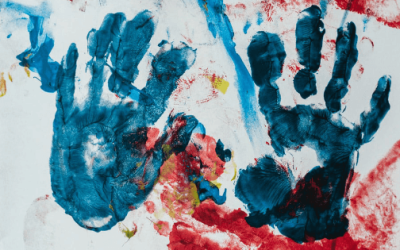Evaluating the effectiveness of a preschool program can be a challenge for any parent. Who’s to say which components are more important to childhood development than another? As long as the facility is safe and welcoming and the teachers are experienced and nurturing, you might not think other elements matter quite so much. But choosing the right preschool is about more than that. According to experts, the cultural representation within the classroom can have a huge impact on the values of young students and even how their brains develop.
The Positive Effect of Cultural Diversity in Early Childhood Education
In a review involving three separate studies, it was revealed that 80% of children who participated in preschool programs outperformed their peers who did not participate in these kinds of high-quality educational programs from an early age. While the benefits of attending preschool have been duly noted, there are even more factors to consider when evaluating preschool options. Yes, attending preschool is better than not attending preschool — but a preschool program that emphasizes tolerance, sensitivity, and cultural understanding is one that will serve your child in countless ways.
Research suggests that when children are exposed to diverse faces starting at an early age, they’re less susceptible to certain kinds of implicit racial biases. Astoundingly, this exposure could impact how we process the faces of people belonging to races other than our own as adults. It certainly makes sense that having experience seeing and interacting with people from all different walks of life when we’re young could minimize discriminatory tendencies as we grow up. This promising research backs up the idea that increased diversity in the preschool classroom — whether that pertains to the books children read, the art they view, the music they listen to, or the peers with whom they interact — can help to combat racial stereotypes, increase cultural awareness, and improve feelings of compassion and empathy towards others.
The benefits of diverse environments for preschool children extend beyond greater sensitivity and tolerance. Children who spend time in these kinds of settings are often more creative, more socially aware, more communicative, and more independent. They’ll also be better prepared for an education beyond the preschool classroom and will exhibit increase curiosity about the world around them. This can only serve them in their future endeavors and allow them to be more successful in all areas of life.
How to Evaluate a Preschool Classroom For Cultural Inclusion and Understanding
More than likely, you’ve made it your mission to exposure your preschool children to lessons of diversity and cultural understanding at home. But how can you ensure that these same lessons are being taught in the classroom?
A good place to start is by evaluating the diversity of the school as a whole to ensure that a wide variety of cultural backgrounds are represented in both the students and the teachers. The more diverse a facility is, the more likely that the activities and materials used within the classroom itself will reflect that same sense of diversity.
You’ll probably want to open up a dialogue with staff members to get a clear idea of the kinds of activities or lessons that might touch on these topics. Something as simple as learning a phrase in multiple languages, celebrating holidays from around the world, or sharing art from different countries can drive home the message of unity, understanding, and awareness. It’s also important to take note of any language or lessons that might hint at more traditional ideals about gender, race, income level, language, culture, or religion that may not align with those your family believes. Preschool children will pick up on these, particularly if they conflict with the lessons taught at home, and that may create a frustrating and confusing situation for everyone involved.
It’s clear that the values of acceptance and understanding can impact us from an early age. Therefore, parents should be diligent in evaluating educational programs for the benefit of their preschool children. By prioritizing diversity and culture from the start, you can help make a difference for your children (and others, too) in both the present and the future.




